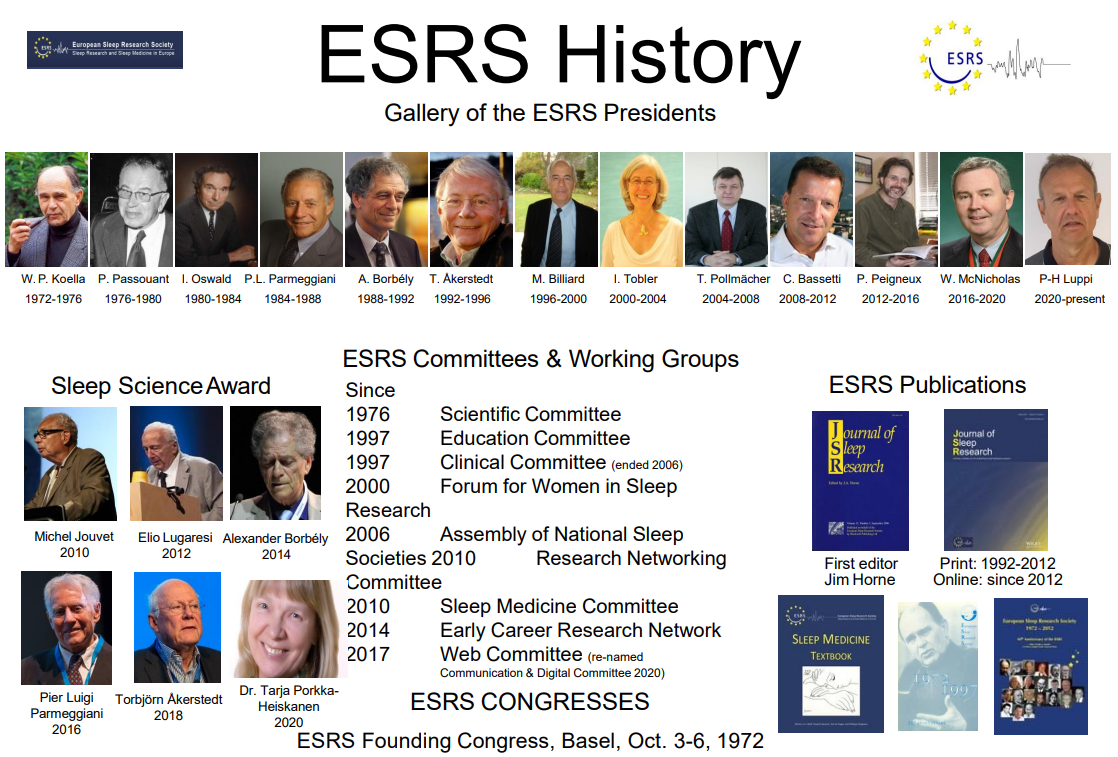March 2013 – Sleep Apnea Network / European Sleep Apnea Database (ESADA)
Sleep Apnea Network / European Sleep Apnea Database (ESADA) – A Brief Summary
Background
The European Sleep Apnea Database – ESADA – was started in 2006 as a collaborative database effort between more than 27 European sleep centres. The initial funding of the database was provided by the European Union linked COST office action B26, which addressed multiple aspects of sleep disordered breathing in Europe.
The ESADA is a true collaborative effort and all participating centres have full rights and control of data supplied in the database. The data contributor list has grown and several new laboratories in Europe have applied to the ESADA steering committee for inclusion into the ESADA group.
Current achievements
The ESADA project has been exceptionally successful and currently contains data from some 13 000 European patients. The recruitment rate is approximately 200 new patients per month. The project has been presented at several meetings and congresses during the last 4-5 years and the first formal publication truncated at some 5100 patients has been published in the European Respiratory Journal (Hedner et al., 2011). Four additional publications based on cross sectional analyses of data are under submission.
Some of the early highlights in these first analyses of the ESADA material include:
- Patients referred to the different European sleep laboratories vary considerably in terms of anthropomorphic characteristics and comorbid conditions. This is likely to reflect both national and local differences in clinical pathways for patients with the disorder.
- The use of polysomnography for OSA diagnosis varies between 0 and 100% (mean 50%) between laboratories and a diagnosis based on PSG provides approximately 25% (AHI=29 and 23, respectively) higher AHI than that recorded by cardiorespiratory monitoring. A separate methodological study on this topic is under preparation.
- Men with OSA have approximately 30% higher AHI compared with women. Symptoms including sleepiness and clinical signs vary considerably between the genders. The gender differences will be highlighted in a separate publication.
- The prevalence of cardiovascular and metabolic disease is very high – approximately 50 and 33%, respectively, in this cohort. Unique data on medication by ATC code show that C-drugs (cardiovascular) are massively overrepresented in patients referred for sleep apnea investigations. Approximately one third of all patients with sleep apnea and hypertension have poorly controlled hypertensive disease. An ongoing analysis will highlight the important question of whether type of antihypertensive treatment affects OSA severity. Alternatively, is blood pressure control in OSA specifically effective with certain types of antihypertensive drugs?
- Oxygen desaturation, independent of manner of definition, appears to be a far stronger predictor for cardiovascular disease than measures of apnea intensity – like the AHI. This is a novel and important aspect that has been given highest priority for publication.
- Measures of sleep apnea in a confounder corrected analysis turn out to be strongly predictive of poor glycemic control as reflected by e.g. increased HbA1c in this population of more than 10000 subjects.
- Approximately 10% of patients referred to European sleep laboratories with a suspected OSA diagnosis have a CDE driver’s license status. This highlights the importance of specific measures to assess daytime functionality and to provide intense follow-up programs for this high risk group at sleep centres around Europe. Interestingly there is no obvious anthropometric or laboratory based difference between patients in this group and those with an AB license status.
- The average ESS score among referred patients is approximately 10 and does not correlate with severity of sleep apnea defined by AHI or ODI. This underlines the need for improved phenotyping of patients with OSA in sleep laboratories. Such work-up measures will ultimately need to include measures of morbidity that extend beyond assessment of an AHI.
Obviously, this is only a small fraction of the cross sectional, and prospective, information that can be extracted from this database. We expect that this type of information from the ESADA may have a significant impact on clinical management of sleep apnea in Europe.
The ESADA project has proven that coordinated action by several independent laboratories may result in considerable amounts of data and information if efforts are strategically coordinated. The project has been received very positively by national research organisations and has fostered a collaborative spirit within a large group of researchers at leading sleep centres across Europe. The initiative has been recognised by the European Sleep Research Society (ESRS) and the European Respiratory Society (ERS) as a leading collaborative effort. The database, currently the biggest of its interdisciplinary kind in the world, has provided new insights on the OSA disorder and will provide a series of cross sectional and prospective analyses in the coming years. Importantly, the ESADA will reflect how OSA is treated and what effect we may expect by treatment of the disorder. The fact that the study is non-randomised does not provide a major limitation as long the size of the cohort has reached a volume that by far supersedes any other similar project. A yet unexplored component of this initiative is the collection of genetic samples that will be available for analysis.
Today´s list of participating centres: see http://esada.med.gu.se , a new website with more information is under construction.
The ESADA group
Reference:



